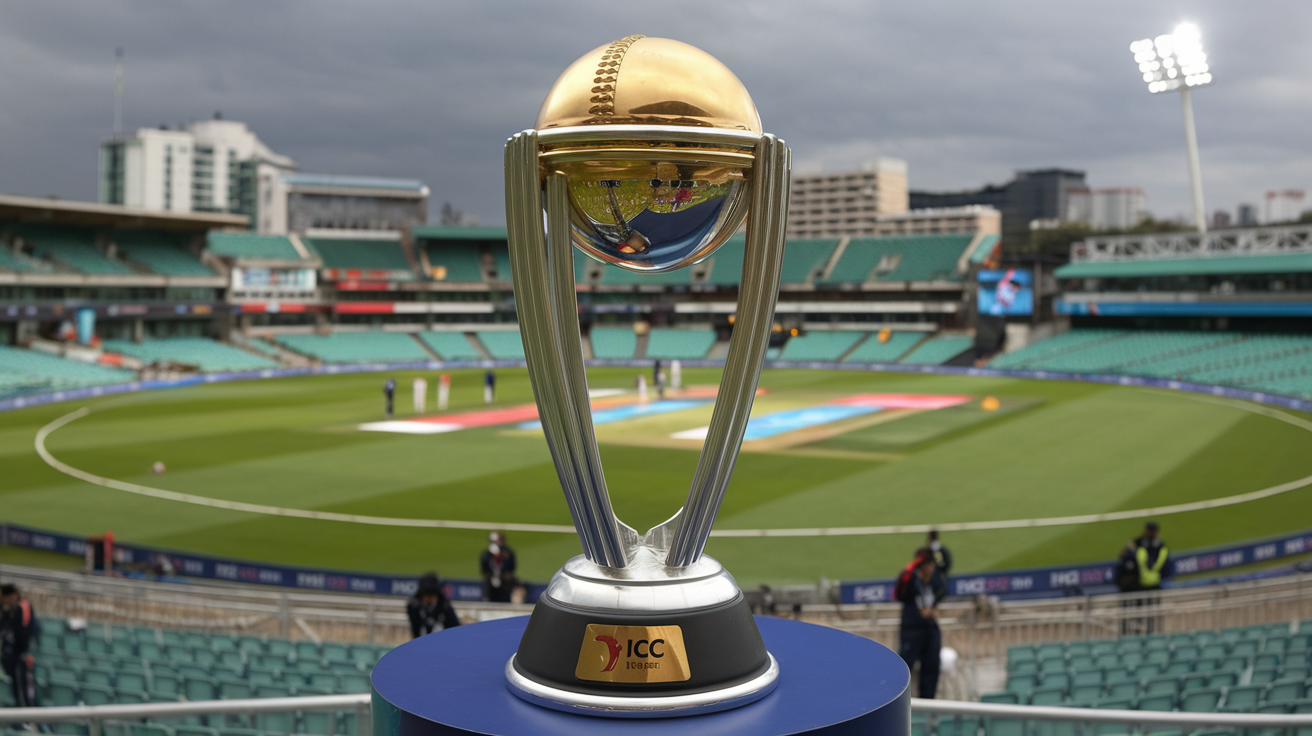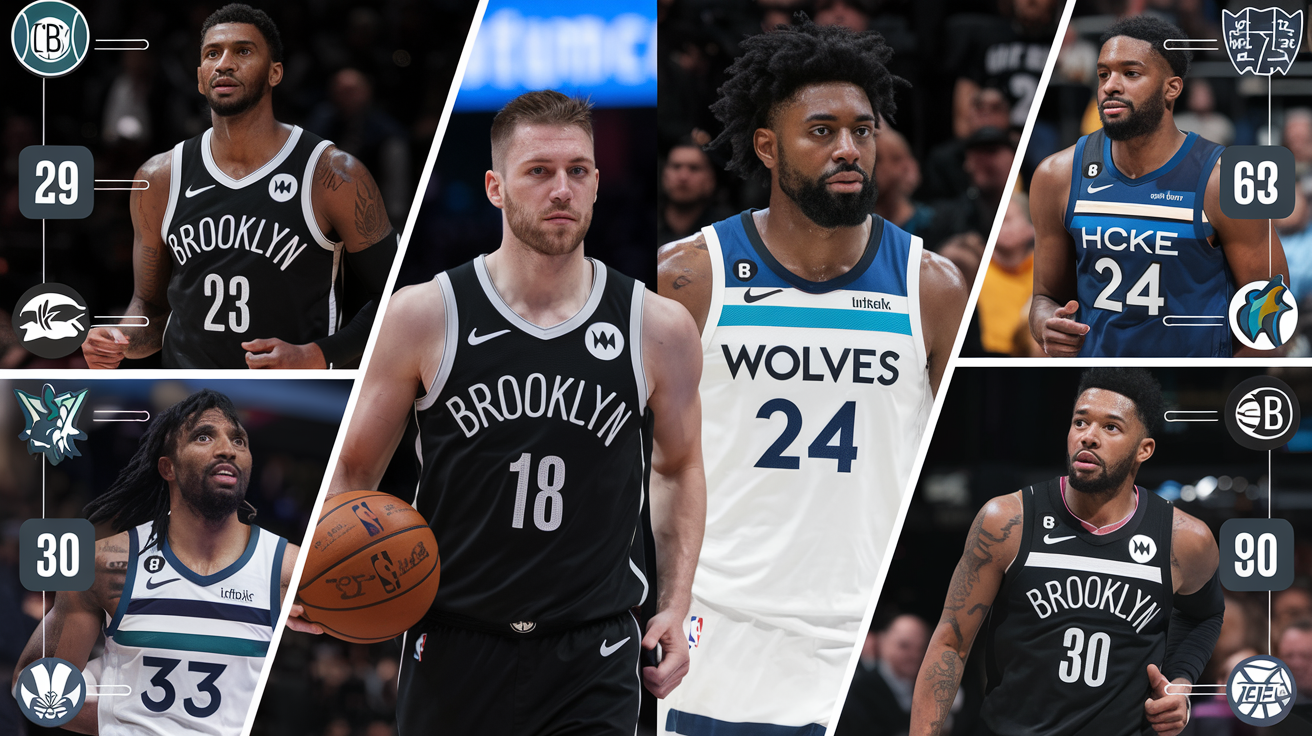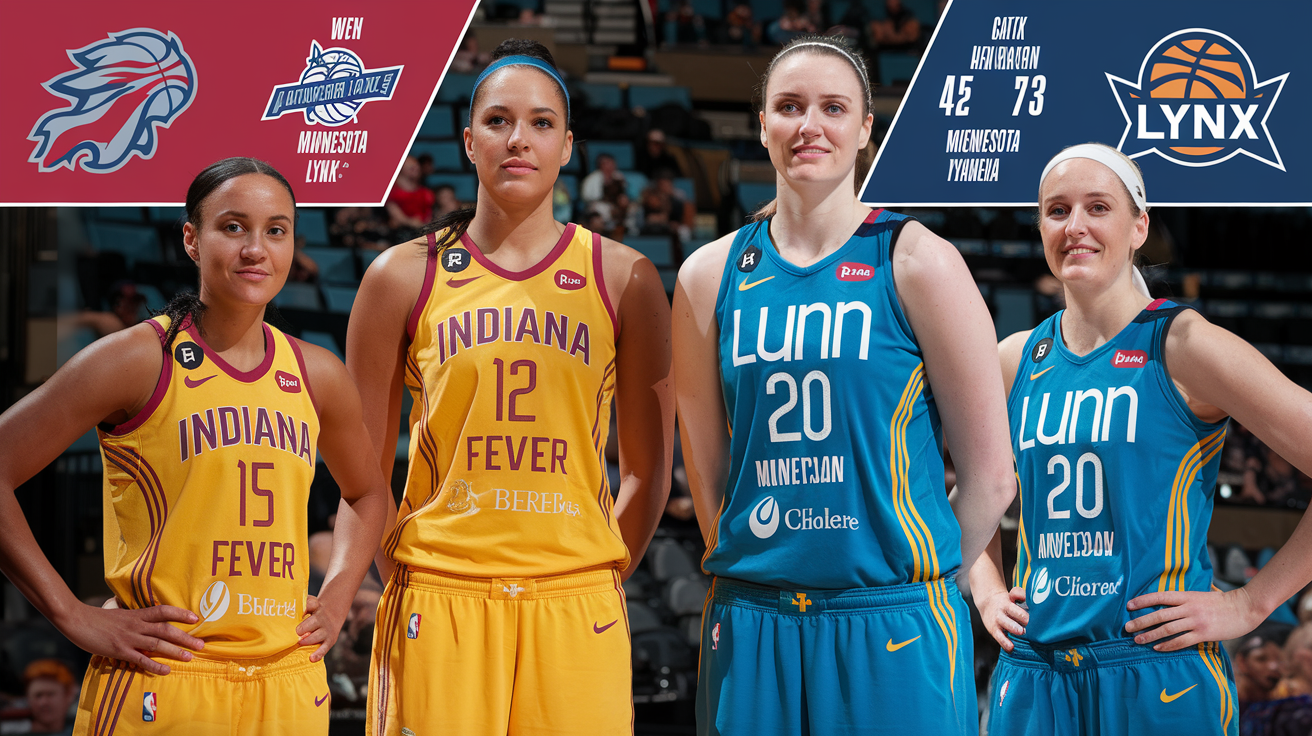The order of events at a track meet is designed to keep the competition smooth and fair for all athletes. Whether you’re attending an indoor or outdoor meet, knowing what event comes next and how long each one might take can make the experience much more enjoyable. The order often stays similar from meet to meet, helping athletes and spectators alike follow along.

Typically, track meets start with longer relays and distance races before moving into sprints and hurdles. Meanwhile, field events run alongside the races, meaning athletes might be balancing different events at the same time. Understanding this order can help everyone feel prepared, so let’s explore how events are organized at both indoor and outdoor track meets.
Overview: How the Order of Events at a Track Meet is Planned
The order of events at a track meet is carefully organized to ensure that everything runs smoothly and fairly for all athletes. Each event is scheduled to allow enough time for athletes to prepare, compete, and transition from one race or competition to the next. It also helps spectators understand what’s happening and what to expect throughout the day.
Track meets typically start with longer races like relays or distance events. These require more preparation and take longer to complete. After these events, shorter sprints and hurdles follow, which usually require less time. At the same time, field events such as the long jump or shot put are happening alongside the races.
Understanding the general order can help athletes plan their time and energy for the meet. For example, if an athlete is competing in both a running and a field event, they can know when to focus on warming up for their next event. The order of events also ensures fairness, as it gives each athlete an equal chance to perform.
Indoor Track Meet Event Order: Timing and Scheduling
Indoor track meets follow a slightly different order of events at a track meet compared to outdoor competitions. Because the space is smaller, indoor meets often feature fewer events and take less time to complete. However, the sequence is still important to keep everything running smoothly.
At an indoor track meet, events like the 4×800 meter relay or the 3200 meter run might take longer due to the smaller track size. These events need more time because the athletes run more laps. In contrast, shorter sprints such as the 55-meter dash usually take less time.
Typical Indoor Events:
- 4×800 meter relay
- 55-meter high hurdles
- 400-meter dash
- 1600-meter run
Even though indoor track meets are shorter, field events are still scheduled to run alongside the races. Athletes may participate in both types of events during the meet. Understanding the event schedule helps them manage their time.
What Events Take Place First in an Outdoor Track Meet?
When attending an outdoor track meet, knowing the order of events at a track meet can make it easier to follow. The outdoor schedule is usually packed with more events, as the track is longer and has space for more athletes to compete at once.
The outdoor track meet typically begins with longer distance events like the 4×800 relay and the 3200-meter run. These events take more time and need a lot of space, so they are scheduled first to avoid disrupting the later sprints. After these, the meet usually moves to the 110-meter hurdles and 100-meter dash, which are quicker and involve fewer laps.
Starting Events:
- 4×800 relay
- 3200-meter run
- 110-meter hurdles
- 100-meter dash
This order helps create a flow, allowing for smooth transitions from one event to the next. The running events typically get faster and more intense as the meet continues, keeping both athletes and spectators engaged.
Common Running Events in a Track Meet: From Relays to Dashes
Running events are a major part of every track meet. The order of events at a track meet includes a wide range of races, from relays to sprints, that allow athletes to show off their speed and teamwork.
Relays like the 4×100 or 4×400 meter relay are exciting because they involve teams of runners passing a baton to each other. These events are usually scheduled after the longer races to give athletes a chance to rest. Sprint races like the 100-meter dash and the 200-meter dash are short but fast, giving athletes a chance to run at their full speed.
Running Events Include:
- 4×100 meter relay
- 200-meter dash
- 800-meter run
- 1600-meter run
Each race has a specific order to help keep the meet organized. The relays are typically placed toward the middle of the event schedule, while sprints like the 100-meter and 200-meter dash are scheduled closer to the end, ensuring there’s time for all athletes to compete.
Field Events in Track Meets: Jumping and Throwing Competitions
Field events are just as important as running events at track meets. These events allow athletes to show off their skills in jumping and throwing. The order of events at a track meet usually places field events at the beginning or middle, allowing athletes to compete in both running and field events.
Common field events include the long jump, high jump, shot put, and pole vault. Athletes participating in these events need to time their efforts between races. It’s important to stay focused on their technique and performance, especially when balancing multiple events.
Common Field Events:
- Long jump
- Triple jump
- Shot put
- Pole vault
Field events are exciting to watch, and they provide a break between the running events. They also offer athletes a chance to focus on strength, technique, and endurance while competing against others in their field.
Estimated Duration for Track Events: How Long Each Race Takes
Understanding the estimated duration for each event can help both athletes and spectators stay on track throughout the meet. The order of events at a track meet is carefully planned to ensure there is enough time for each race, warm-up periods, and breaks in between.
For example, the 4×800 relay is one of the longest races, taking around 25 minutes to complete. Sprint races, like the 55-meter dash or the 100-meter dash, are much shorter, lasting only about 2 minutes. The meet director will try to keep events moving quickly so that everything runs on time.
Duration of Common Events:
- 4×800 meter relay: 25 minutes
- 100-meter dash: 20 minutes
- 400-meter dash: 20 minutes
- Shot put: 15 minutes
It’s essential for event organizers to stay on top of timing so that each race and field event is completed on time. This helps create a smooth flow throughout the day and ensures that athletes aren’t waiting too long to compete.
Conclusion
Knowing the order of events at a track meet is super helpful for athletes, coaches, and spectators. It helps everyone stay organized and know what to expect throughout the meet. Whether you’re competing in a running race or a field event, understanding the schedule lets you plan your time, warm-up, and rest periods. This makes it easier for athletes to do their best.
For those who enjoy watching track meets, following the order of events makes the experience more exciting and enjoyable. You can cheer for your favorite athlete at the right time and see the action unfold smoothly. No matter if it’s an indoor or outdoor meet, the order keeps everything on track so the event can be a fun and successful experience for all involved!
FAQs
Q: What is the order of events at a track meet?
A: The order of events at a track meet includes various running races, relays, and field events. Running events usually start with relays, followed by hurdles, sprints, and longer races like the 1600m or 3200m. Field events, like the long jump or shot put, happen alongside running races.
Q: How do track meets keep things on schedule?
A: Track meets are organized with specific times for each event. Meet directors move quickly between events to stay on schedule. Each race or field event has a set duration, helping everything run smoothly.
Q: Can athletes compete in both running and field events?
A: Yes, athletes can compete in both running and field events during a track meet. However, they must manage their time well, as some events happen at the same time.
Q: How long do track races usually last?
A: Track races vary in length. Sprints like the 55m or 100m last only a few minutes, while longer races like the 1600m or 3200m can take 10-20 minutes. Relay races typically take 5-15 minutes depending on the distance.
Q: Are track meets always the same?
A: No, track meets can vary depending on whether they are indoor or outdoor and the level of competition. The order of events might also change based on the meet’s specific rules or number of participants.










